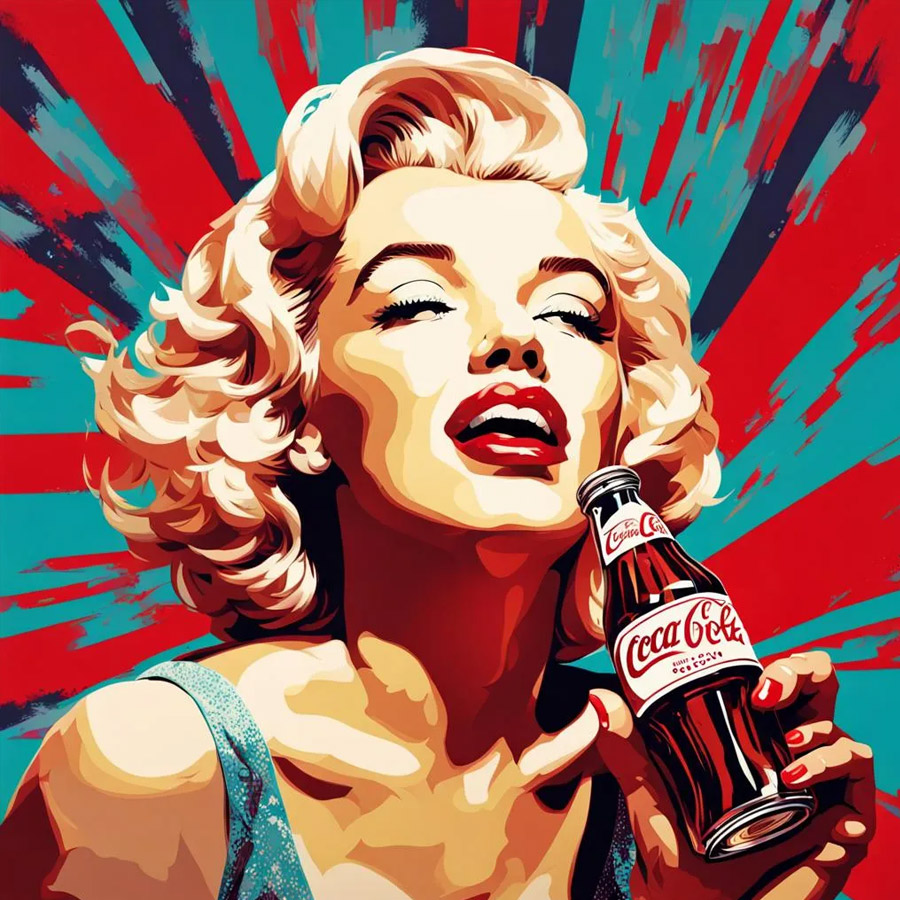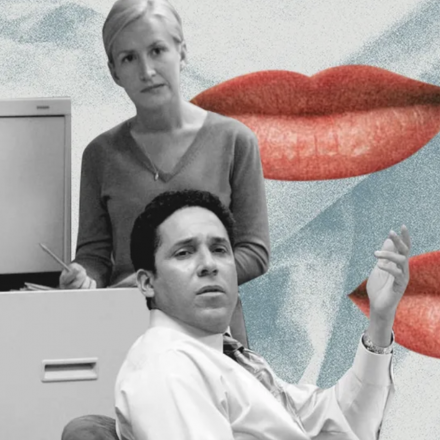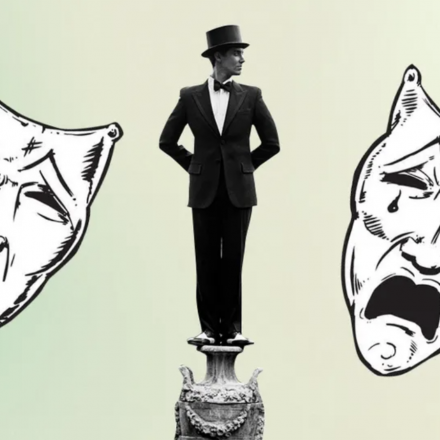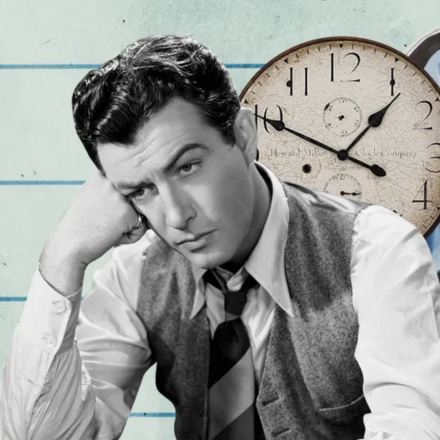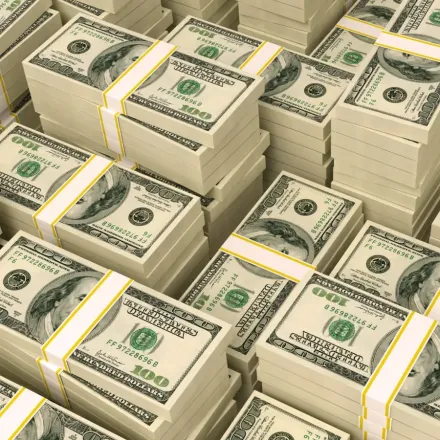Marketing is an art where seemingly simple ideas can turn into powerful tools, capable of changing the perception of a product and a brand. Often, we don't even realize how we fall under the influence of these brilliant strategies. In this article, we'll examine 10 striking examples of how companies cleverly and effectively used marketing to outsmart not only their competitors but also us, the consumers.
Red Bull: Smaller volume, higher price
When Red Bull entered the market, it faced giants like Coca-Cola and Pepsi. Instead of following the traditional path and competing head-to-head, Dietrich Mateschitz chose a different approach: he raised the price of his product, reduced the size of the can, giving it a battery-like shape, and placed it in unconventional store locations. This created intrigue and made Red Bull stand out. Consumers perceived it as a premium product, even though it was just an ordinary energy drink.
Mike Taxi: City guide as a marketing strategy
Canadian taxi service Mike took an unusual approach to attract customers. Instead of standard advertising, the company produced city guides to local cafes, bars, and other venues that their clients would often visit. This made the taxi service part of the city’s culture, offering useful information while subtly promoting its services.
HBO and “Game of Thrones”: The unforgettable dragon shadow
Before the premiere of the 3rd season of Game of Thrones, HBO launched a powerful marketing campaign with a focus on dragons. A huge dragon shadow appeared on magazine covers, newspaper pages, and was even projected onto buildings. This image stuck in people's minds, creating constant anticipation for the upcoming season. As a result, it was impossible not to think about dragons and the show.
Marlboro: Flip-tops as walking advertisements
Marlboro changed the cigarette industry not only with their tobacco but also with packaging. The standard soft pack concealed the brand from view. Marlboro introduced a new format: a cardboard box with a flip-top lid. Smokers had to take the packs out in public, turning them into walking billboards. This design remains the industry standard today.
IKEA: The labyrinth of shopping
IKEA masterfully influences our purchasing behavior with its well-designed stores. The winding paths that lead customers through the entire store force them to see every product at least three times. This clever marketing strategy increases the likelihood of making a purchase, even if the product wasn’t needed initially.
Harley-Davidson: Tattoos for discounts
Harley-Davidson didn’t just create motorcycles; they crafted a symbol of freedom and power. The company offered significant discounts to customers who got a tattoo of their logo. This strategy turned Harley customers into living, breathing advertisements, solidifying the brand’s iconic status.
Alka-Seltzer: Doubling sales with one extra tablet
In the 1960s, Alka-Seltzer faced the challenge of increasing sales. Instead of complex advertising campaigns, marketers simply showed in ads that for the best effect, you needed to drop two tablets into water instead of one. This instantly doubled their sales. The same trick was used in shampoo ads, where consumers were encouraged to apply shampoo twice for better results.
Pampers: Invention born from inconvenience
Pampers revolutionized baby care thanks to Victor Mills, who wanted to make his life easier by replacing reusable diapers with disposable ones. His invention for P&G turned into a product that became synonymous with convenience, making Pampers a household name.
Snickers: Chocolate for lunch
When Snickers arrived in Russia in 1992, it was marketed as a lunch substitute. However, consumers didn’t take to the idea. Creative agency BBDO Moscow rebranded Snickers as a treat for teens who loved sweets and didn’t care much for soup. This simple marketing shift opened the door to success.
Starbucks and Seattle's Best: Competition as an art form
When Starbucks bought competitor Seattle's Best, instead of shutting it down, they kept it running under the “anti-Starbucks” concept: different furniture, atmosphere, and coffee. This divided the audience into two groups: Starbucks lovers and its critics. But in the end, both groups brought money... to Starbucks. A smart move that allowed the company to capture even those who didn't like it.

